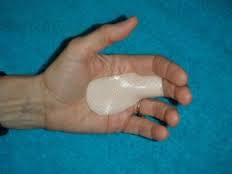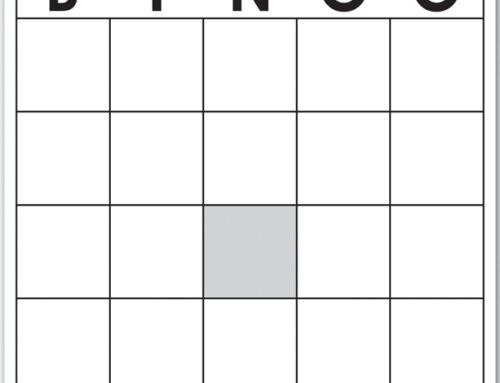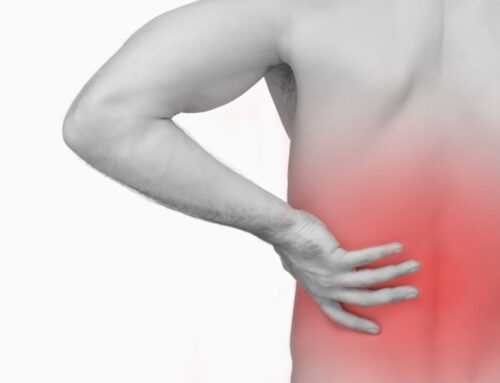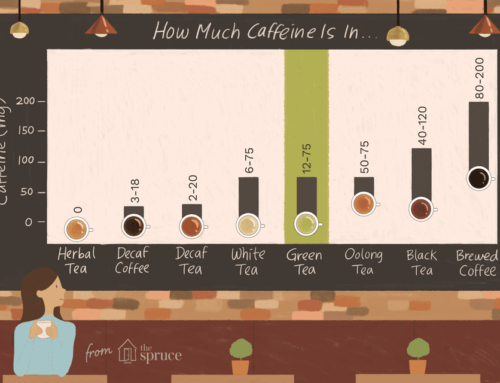Hand Therapy Week
June 1-5, 2015
Tendinitis Tuesday!!
People may experience many different types of tendinitis in the arms and hands. Oftentimes, it may be due to overuse or overload of the muscles and tendons. Irritation to these tissues decreases blood flow, nutrition and healing to those areas. That explains why recovery from these disorders is often slow. Let’s look at some of the common upper extremity tendinitis problems we see in the clinic:
- Lateral Epicondylitis also known as Tennis Elbow
This is degeneration of the origin of the muscle that bends the wrist backwards. The origin of the muscle (the extensor carpi radialis brevis) is on the outside of the elbow joint. You will experience pain with palpation at that point on your elbow as well as with extension of the wrist, for example, painting a wall in your house or pushing a door open.
- Medial Epicondylitis also known as Golfer’s Elbow
This is degeneration of the origin of the muscle that bends the wrist forwards. The origin of this muscle (the flexor carpi radialis) is on the inside of the elbow joint. You will have pain with palpation at that point on your elbow. You may also have pain with handshaking, opening door knobs, golfing, bricklaying and throwing.
Treatment for Lateral and Medial Epicondylitis is similar. It will include modifying the way you perform certain activities, stretching those painful muscles, custom braces, massage, icing and modalities such as ultrasound, iontophoresis and phonophoresis. (See Modality Monday for a description of the modalities!)
- Trigger Finger
The tendon that flexes the finger becomes inflamed due to repetitious bending. The tendon will swell and thicken which makes it difficult to pass through pulleys in the finger. This swelling will cause the finger to “stick” or “catch” when bent. Many times, people will have to use the opposite hand to straighten out the “stuck” finger. Many times, you can feel the lump of swelling in that finger.
Treatment for Trigger Finger includes modifying the activity that causes the irritation- decreasing the repetitive gripping, decreasing the amount of force used to grip, increasing the size of tool handles. We can also construct a small splint for the joint where the “catching” occurs to decrease that irritation. And there are tendon gliding exercises and range of motion exercises to perform.
- Intersection Syndrome
You have pain and swelling on the back of the forearm approximately one inch up from your wrist. Two muscles of the thumb cross-over two muscles of the wrist at that location causing irritation and pain. You may have weak gripping and pinching as well as pain with wrist extension. It is seen in rowers, skiing and weight lifting. A custom splint for your wrist and thumb will decrease your symptoms.
There are many additional types of tendinitis in the arm- biceps tendinitis, triceps tendinitis, wrist involvement, etc. Please see your physician to evaluate your symptoms. If he refers you to therapy, our Certified Hand Therapist, Michele Jarzynka, would love to help you work with you to decrease your pain and increase your function.








